
SIGHTSEEING
[Hisaya Odori Park](7 min walk from the hotel)
The 1,381-meter-long Hisaya-odori Park is divided into several areas, where visitors can enjoy shopping and dining at various facilities, including Japan's first TV tower, the Nagoya TV Tower (called "Chubu Electric Power Company MIRAI TOWER"), and Oasis 21, a commercial facility themed on a "water spaceship.
The TV tower is widely loved as a symbol of Nagoya, and its illumination at night is one of the highlights of the city.

[Banteling Dome Nagoya]
(29 min from the hotel by train & on foot)
Commonly known as "Nagoya Dome," it is used by the Chunichi Dragons as their exclusive ballpark and was opened in 1997.
You can enjoy lighting facilities that create dramatic spaces with a variety of effects, and sound facilities that allow you to experience realistic sound, making it the perfect setting for a variety of events.
In addition to watching events, don't miss the "Tama-ben," or boxed lunches at the baseball stadium, and the menu produced by the players.
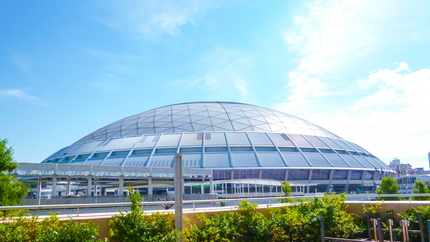
[Nagoya Castle](19 min walk from the hotel)
Nagoya Castle, built by Ieyasu Tokugawa in 1609, was designated as a special national historic site in 1952.
The main attractions are the exterior of the castle, with its symbolic "golden orca," the Honmaru Goten, which is said to be the perfection of early modern castle architecture, and the Ninomaru Garden, which was highly regarded as the garden of a feudal lord.
The "Chikurin-hyouko-zu (Bamboo Forest Leopard and Tiger)" painted by a painter of the Kanou school in the palace is designated as an important cultural property.
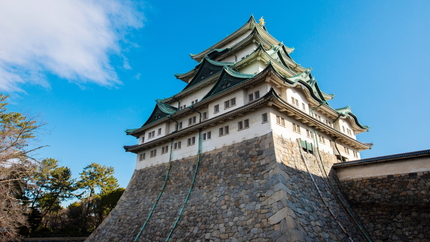
[Atsuta Jingu Shrine]
(28 min from the hotel by train & on foot)
Boasting a history of more than 1900 years, Atsuta Jingu Shrine is popularly known as "Atsuta-san" and is visited by 7 million worshippers annually.
The shrine is also known as a shrine dedicated to the "Kusanagi no tsurugi" and is deeply associated with mythology, and there are many power spots scattered throughout the shrine grounds.
Events and rituals are held throughout the year, with the Atsuta Festival being the most popular.
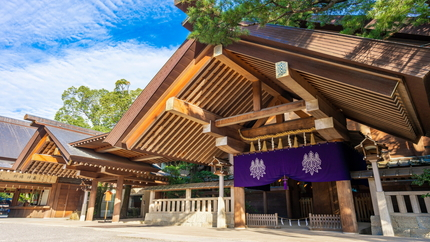
[Shikemichi]
(17 min from the hotel by train & on foot)
Shikemichi is a historic merchant district that developed with the construction of Nagoya Castle in the early Edo period. Named for its 7-meter-wide road built for fire prevention, the area retains a traditional feel with earthen-walled storehouses atop stone walls.
Recently, renovated homes have become cafés and galleries, making it a popular spot for leisurely strolls amid old Edo charm.
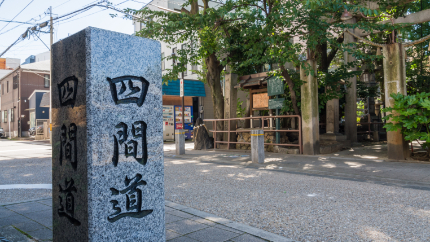
[IG Arena]
(10 min from the hotel by bus)
Opened in July 2025, IG Arena is one of Japan’s largest venues, seating 17,000. With advanced sound and lighting, it hosts sumo, basketball, and major concerts, serving as a key entertainment hub in Aichi and Nagoya.
Designed by renowned architect Kengo Kuma, its tree-inspired architecture blends with nearby Meijo Park.
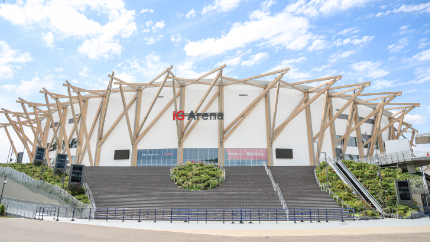
[Port of Nagoya Public Aquarium]
(36 min from the hotel by train & on foot)
Divided into the North and South Wings, the main pool in the North Wing offers dynamic dolphin performances, while the jellyfish exhibit "Jellyfish Nagoriumu" in the South Wing allows visitors to observe the fantastic and beautiful appearance of jellyfish.
The museum also has a restaurant area, museum store, and photo studio for the enjoyment of both children and adults.
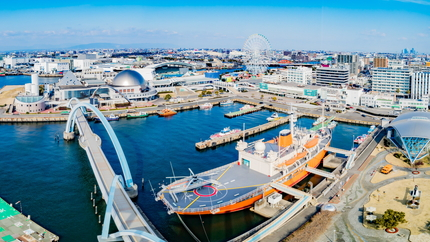
[Tokugawa Art Museum]
(26 min from the hotel by train & on foot)
This museum holds over 10,000 cultural artifacts, including many once owned by Tokugawa Ieyasu. Highlights include the Tale of Genji Illustrated Scrolls—the oldest narrative picture scrolls—and over 700 Japanese swords.
Next to the museum is Tokugawaen, a 23,000 square meters Japanese garden where visitors can enjoy seasonal scenery year-round.
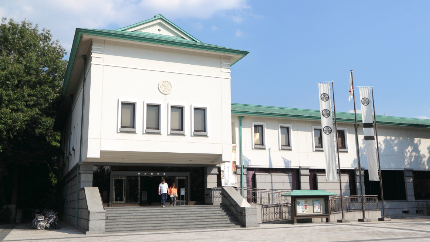
[Toyota Automobile Museum]
(53 min from the hotel by train & on foot)
Established in 1989 to mark Toyota’s 50th anniversary, this museum is one of Japan’s leading automobile exhibition sites. It consists of two sections: the “Automobile Gallery,” with over 100 historic vehicles, and the “Cultural Gallery,” featuring posters, car toys, and about 800 miniature cars.
Visitors can explore global automotive history, featuring not only Toyota models but also iconic cars from around the world.
*Image courtesy of the Toyota Automobile Museum
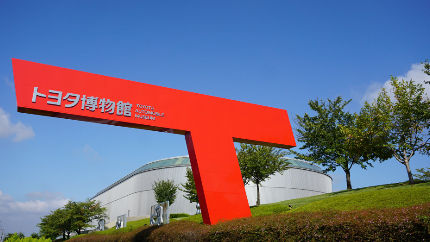
[Nippon Gaishi Hall]
(30 min from the hotel by train & on foot)
Opened in 1987, it boasts a vast site together with the Nippon Gaishi Arena and Nippon Gaishi Forum, which are collectively called the Nagoya City General Gymnasium, or "Nippon Gaishi Sports Plaza" as a nickname based on the naming rights of the facility.
Nippon Gaishi Hall is mainly used for large-scale events such as concerts and sporting competitions, and sports classes are regularly held there.
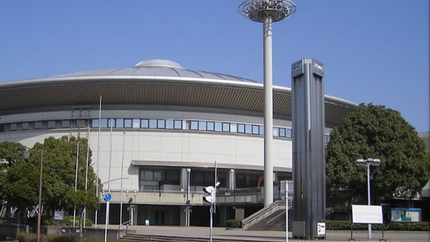
![HOTEL VISTA NAGOYA NISHIKI [Official] | Sightseeing](https://www.hotel-vista.jp/admin/img/upload/66d00be4-7c64-4207-829f-4991a42e762b.png)

![HOTEL VISTA NAGOYA NISHIKI [Official] | Sightseeing](https://www.hotel-vista.jp/admin/img/upload/66da96af-608c-4637-a973-6acda42e762b.png)